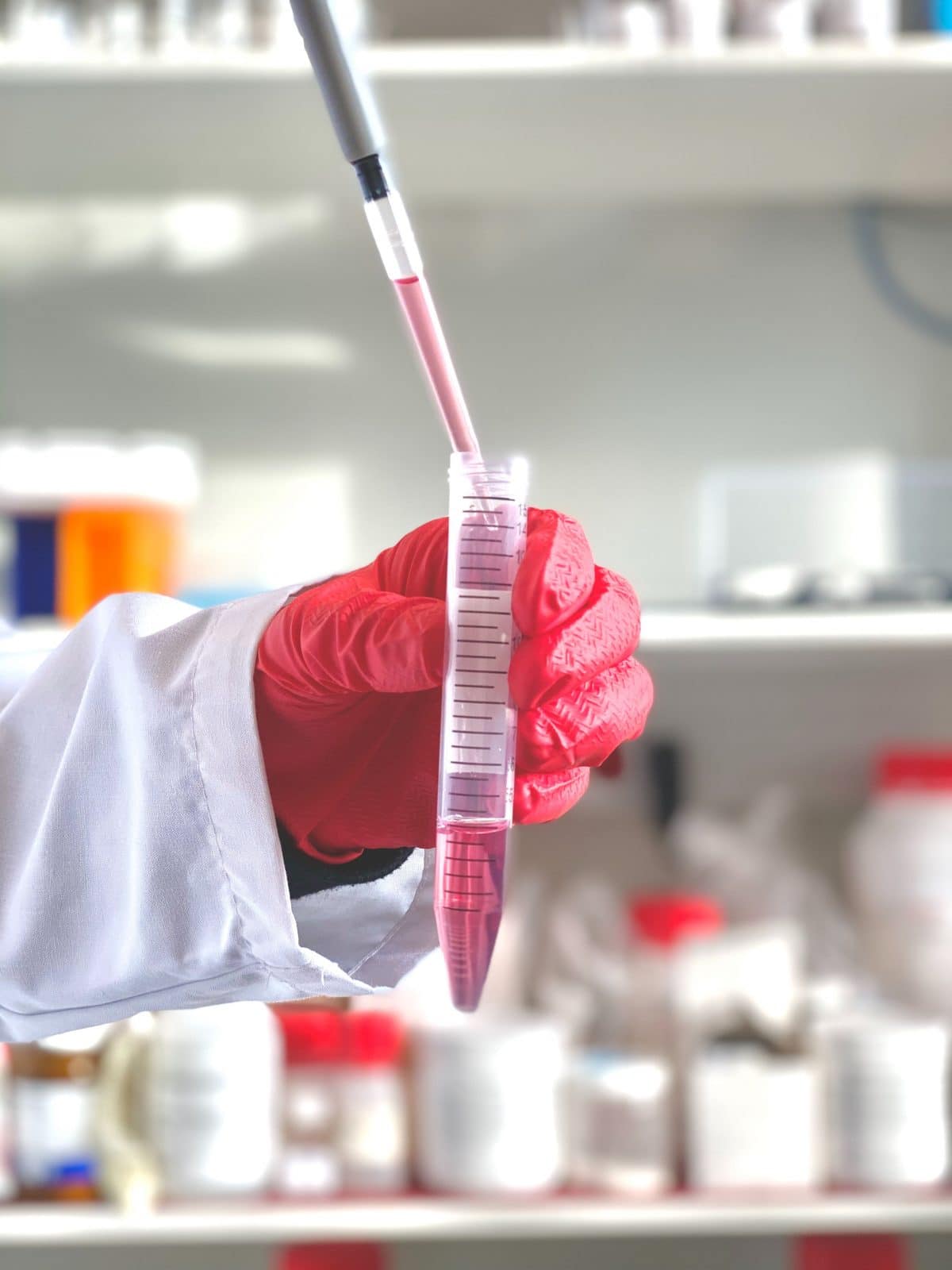

Overview
When bioprinting with a cell-laden bioink, it is important to thoroughly mix your biomaterial (or bioink) with your cells of choice in order to get a homogeneous cell distribution. This protocol for cell-bioink mixing using a pipette is a helpful guide for this key step in the bioprinting process. However, this will work only with bioinks that have a low viscosity when at room temperature or 37°C. Bioinks that are viscous cannot be loaded in the pipette tip.
Materials
- Allevi 5 mL syringe
- Barrel
- Plunger
- Stopper
- Syringe caps
- Syringe couplers
- Cells
- Cell media
Methods
- Calculate the number of cells needed. This will vary depending on the cell type and your final application;
- Prepare a cell pellet (check out this protocol);
- If possible, pre-warm your sterile biomaterial to 37 °C to avoid temperature stress for the cells. Keep in mind that some materials should be kept at low temperatures to ensure good printability (e.g. collagen);
- With a pipette, add the appropriate volume of biomaterial to your cell pellet, keeping in mind how much material you need for your print as well as your desired cell concentration;
- Thoroughly mix cells with biomaterial by pipetting it up and down;
- Cap your Allevi 5 mL syringe barrel and flip the syringe so that the cap is facing down;
- Pipette your cell-laden biomaterial into the syringe barrel, dispensing material at the bottom of the syringe as uniformly as possible;
- Note: be sure not to introduce bubbles to the system.
- Place your syringe stopper at the syringe opening;
- Flip the syringe barrel to have the cap facing up, ensuring to not let go of the stopper;
- Remove the syringe cap;
- Use the plunger to push material up until it reaches the syringe tip;
- Note: be sure not to reconnect the plunger and the stopper.
- Tap the syringe to remove any bubbles that may have been trapped;
- Remove the plunger;
- Add your tip of choice for bioprinting;
- Bioprint!
Note: While calculating the necessary volume of your biomaterial, take into account dead-volume in the Luer-lock coupler and needle tips, which might affect the amount of material available for bioprinting.

